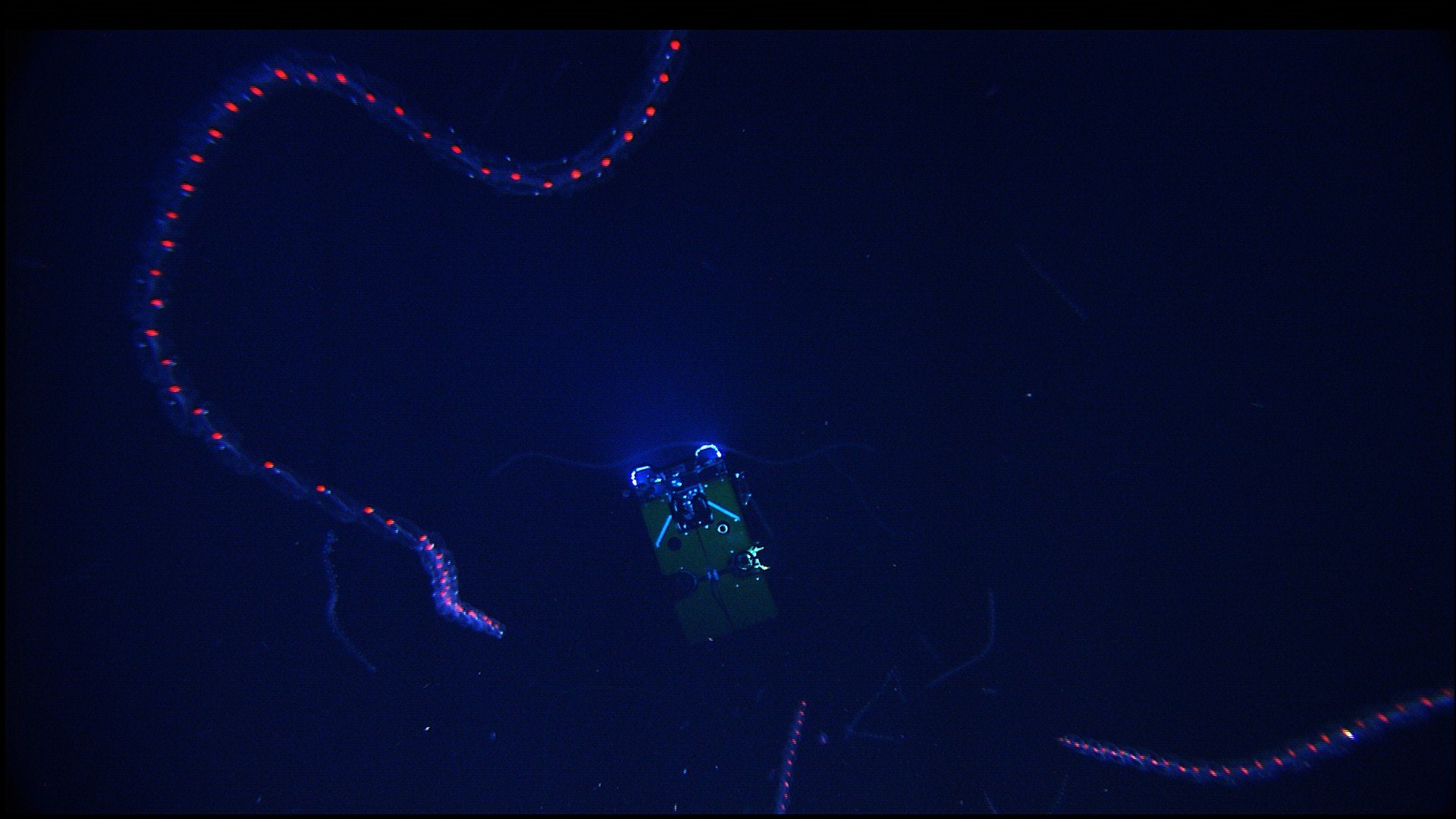|
Sphaeronectidae
Sphaeronectidae is a family of cnidarians belonging to the order Siphonophorae. Genera: * '' Ediacara '' * '' Sphaeronectes'' Huxley, 1859 References Calycophorae Cnidarian families {{Siphonophorae-stub ... [...More Info...] [...Related Items...] OR: [Wikipedia] [Google] [Baidu] |
Calycophorae
Calycophorae is a suborder of Siphonophores alongside two other suborders Physonectae and Cystonectae. This suborder includes the giant siphonophore, ('' Praya dubia''); one of the longest lengthwise extant creatures (40–50m). While the Physonectae have a pneumatophore (a float), nectophore (or nectosome), and a siphosome, Cystonectae lack a nectophore, and Calycophorae lack a pneumatophore. From the bell-shaped nectophores, Physonectae and Calycophorae are called Codonophores or Greek for bell-bearers. The distribution, morphology, and behaviors of Calycophorae species are vast and greatly depend on the species. Calycophoraes typically consist of two nectophores with a siphosome that have many tentacles that grow out of the siphosome. The Calycophoraes move by propelling water out of the nectophore much like how jellyfishes move. The tentacles act as fishing nets where the nematocysts on the tentacles paralyze their prey which are then later fed on. Calycophorae have thre ... [...More Info...] [...Related Items...] OR: [Wikipedia] [Google] [Baidu] |
Sphaeronectes
''Sphaeronectes'' is a genus of cnidarians belonging to the family Sphaeronectidae Sphaeronectidae is a family of cnidarians belonging to the order Siphonophorae. Genera: * '' Ediacara '' * '' Sphaeronectes'' Huxley, 1859 References Calycophorae Cnidarian families {{Siphonophorae-stub .... The genus has almost cosmopolitan distribution. Species: *'' Sphaeronectes bougisi'' *'' Sphaeronectes brevitruncata'' *'' Sphaeronectes christiansonae'' *'' Sphaeronectes fragilis'' *'' Sphaeronectes gamulini'' *'' Sphaeronectes haddocki'' *'' Sphaeronectes irregularis'' *'' Sphaeronectes koellikeri'' *'' Sphaeronectes pagesi'' *'' Sphaeronectes pughi'' *'' Sphaeronectes tasmanica'' *'' Sphaeronectes tiburonae'' References Sphaeronectidae Hydrozoan genera {{Siphonophorae-stub ... [...More Info...] [...Related Items...] OR: [Wikipedia] [Google] [Baidu] |
Siphonophorae
Siphonophorae (from Greek ''siphōn'' 'tube' + ''pherein'' 'to bear') is an order within Hydrozoa, which is a class of marine organisms within the phylum Cnidaria. According to the World Register of Marine Species, the order contains 175 species thus far. Although a siphonophore may appear to be an individual organism, each specimen is in fact a colonial organism composed of medusoid and polypoid zooids that are morphologically and functionally specialized. Zooids are multicellular units that develop from a single fertilized egg and combine to create functional colonies able to reproduce, digest, float, maintain body positioning, and use jet propulsion to move. Most colonies are long, thin, transparent floaters living in the pelagic zone. Like other hydrozoans, some siphonophores emit light to attract and attack prey. While many sea animals produce blue and green bioluminescence, a siphonophore in the genus '' Erenna'' was only the second life form found to produce a red ligh ... [...More Info...] [...Related Items...] OR: [Wikipedia] [Google] [Baidu] |
Cnidarians
Cnidaria () is a phylum under kingdom Animalia containing over 11,000 species of aquatic animals found both in freshwater and marine environments, predominantly the latter. Their distinguishing feature is cnidocytes, specialized cells that they use mainly for capturing prey. Their bodies consist of mesoglea, a non-living jelly-like substance, sandwiched between two layers of epithelium that are mostly one cell thick. Cnidarians mostly have two basic body forms: swimming medusae and sessile polyps, both of which are radially symmetrical with mouths surrounded by tentacles that bear cnidocytes. Both forms have a single orifice and body cavity that are used for digestion and respiration. Many cnidarian species produce colonies that are single organisms composed of medusa-like or polyp-like zooids, or both (hence they are trimorphic). Cnidarians' activities are coordinated by a decentralized nerve net and simple receptors. Several free-swimming species of Cubozoa and ... [...More Info...] [...Related Items...] OR: [Wikipedia] [Google] [Baidu] |
Ediacara (cnidarian) , the oldest known complex multicellular life
{{disambiguation ...
Ediacara may refer to: Places *Ediacara, South Australia, a locality in South Australia * Ediacara Hills, a range of hills in the northern Flinders Ranges , South Australia * Nilpena Ediacara National Park, formerly Ediacara Conservation Park, South Australia Other * ''Ediacaria'', discoidal fossil animal once thought to be a jellyfish * The Ediacaran geological time period, named after the Ediacara Hills * The Ediacaran biota The Ediacaran (; formerly Vendian) biota is a taxonomic period classification that consists of all life forms that were present on Earth during the Ediacaran Period (). These were composed of enigmatic tubular and frond-shaped, mostly sessi ... [...More Info...] [...Related Items...] OR: [Wikipedia] [Google] [Baidu] |

